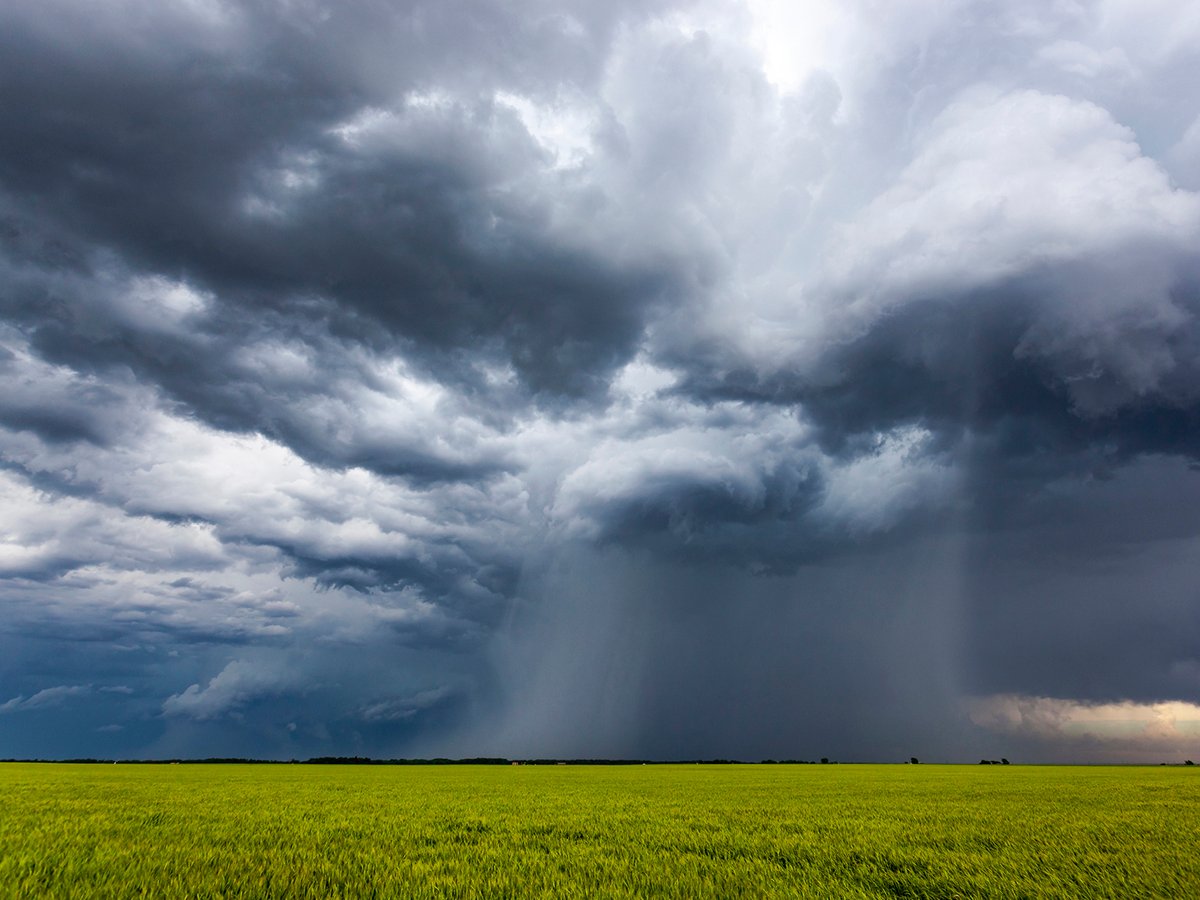COURTENAY, B.C. – Food production on Vancouver Island has a lot of room
to grow, says Scott Crawford of the Island Farmers’
Alliance.
Crawford said island farmers produce only 10 percent of the food eaten
by the 800,000 residents. The rest is brought in from the mainland and
elsewhere.
“We can’t feed the world and we never will, but we’re looking at
high-end value-added products and consumers are responding well to
that.”
The alliance was formed in 1998 to promote island agriculture and food
Read Also

Extreme rain increases as planet warms
In this issue, we are going to wrap up our look at extreme rainfall by examining the different weather patterns that tend to be associated with these rainfall events.
processing and ensure the long-term viability of island agriculture
through partnerships with commodity groups, consumers and farmers.
It speaks on behalf of approximately 200 Vancouver and Gulf island
farmers and has developed the “Fresh from the Island” marketing
campaign. It also offers educational seminars and resources, including
a website and buyers’ guide.
Crawford said members must apply to use the logo, which can only be
used on island-produced goods.
“We have to make sure products are grown here.”
Crawford said island consumers like buying local food, not only because
it helps island farmers and communities but also because it is fresh
and of high quality.
It also requires less packaging and less fuel to get it to market.
While fishing and forestry sectors have declined, agriculture has
grown, with the number of farms and farmers increasing, particularly in
smaller five-acre specialty operations, Crawford said.
“The risks aren’t as high in a smaller marketplace,” he said.
More than 200 products are grown, raised or produced on the island,
ranging from cider and cheese to fruit and milk. The number of dairy
farms has dropped dramatically over the last decade and the demand for
more locally produced poultry has grown. Organics also continue to be
well supported.
Agritourism contributes to the island economy and local farm fortunes,
said Brent Warner, regional agrologist with British Columbia’s
agriculture ministry.
Recent surveys indicate there are at least 462 agritourism operators on
the Island, with most reporting an annual growth rate of 10 to 30
percent.
It comes mainly from increased tourism, an aging population with more
disposable income and others looking for a family weekend experience.
“It is a booming sector,” he said.
High land costs have made it difficult for young farmers to buy
operations larger than five to 20 acres, he added. Many farms have also
got smaller and changed the way they do business.
“For some, without attracting people to the farm, there is no business.”
Farms draw customers to their fruit stands by hosting regular events
such as fairs, corn mazes, pumpkin festivals and farm tours. They are
helped by organizations like the South Vancouver Island Direct
Marketing Association, which advertises harvest periods, U pick
schedules and special events.
Warner said farmers in the southern part of Vancouver Island have more
farm-direct businesses like fruit stands while central and northern
farms offer more guest accommodations. The wine industry is also
growing.
Crawford said opportunities for farmers and consumers to meet each
other lead to an increased understanding of how food is produced,
grown, stored and prepared.
“It puts a face on agriculture,” he said.
That knowledge carries over to the grocery stores, where consumers seek
out local brands and products.
Fresh produce may cost more at farmers’ markets, but Crawford said it
will last longer in the fridge.
“It’s a positive for us to build and work upon that.”
From his home at Black Creek, Crawford travels 4,000 kilometres every
month and makes presentations at about 75 events a year.
“It’s not about eliminating other groups, but we want to lend our
support to farm groups and organizations,” said Crawford, who helps
members market products, develop business strategies and position
products.
He said much work needs to be done in promoting the benefits of
agriculture and its role in sustaining healthy rural communities.














